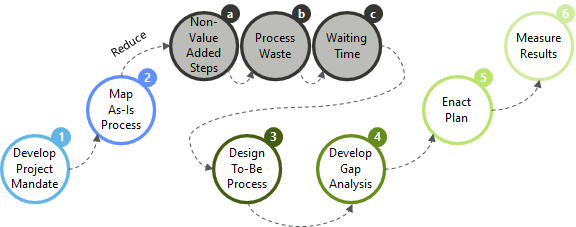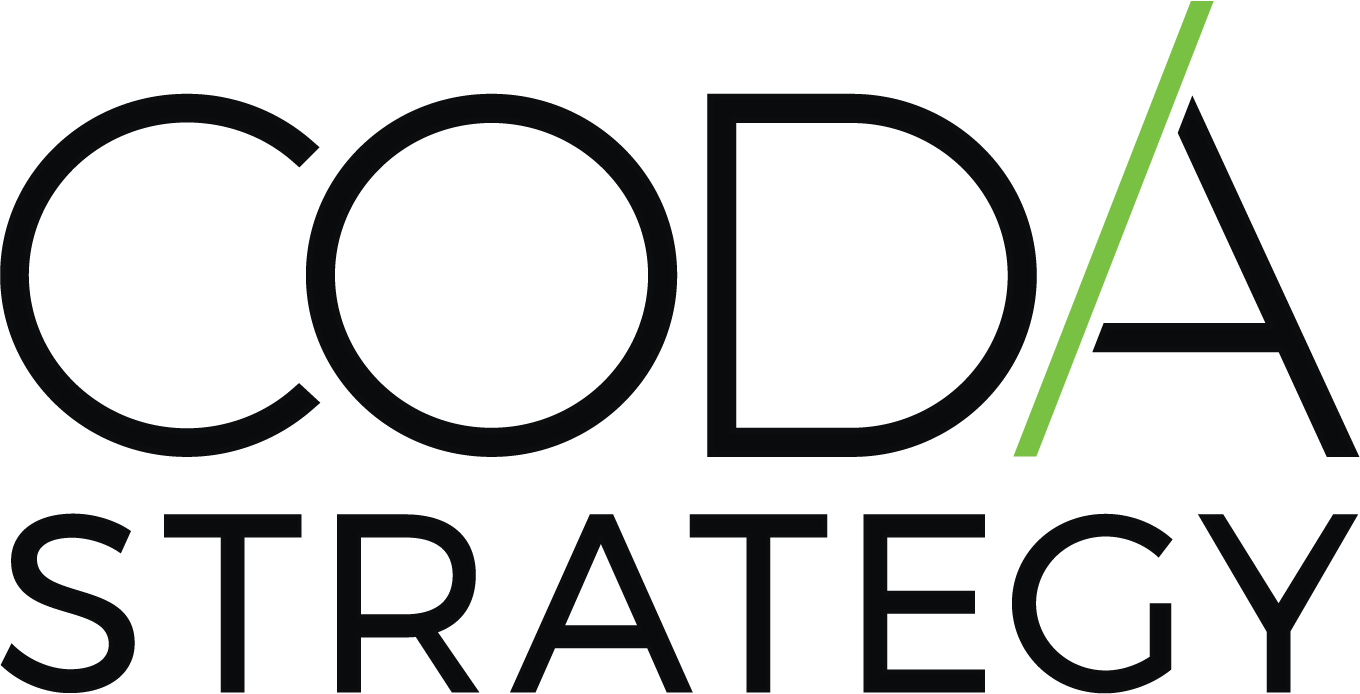I work with business processes every day. About five years ago, I came to a realization.
First, business processes are everywhere. Without processes, there is only uncoordinated individual activity and organizational chaos.
Second, we need to continually maintain and update processes. Processes naturally degrade over time, as people and technology change.
Now, neither thought is particularly insightful — we need to manage our business processes.
However, there are several approaches to update a business process, and adherents to one school of thought may not be aware of (or even actually dismiss) the other schools of thought.
This situation can make life difficult for a consultant, who, with each new client, must ascertain what they had in mind for their business processes, almost by precognition, without resorting to technical jargon that can confuse the audience.
For example, does “business process redesign” mean the same the as “business process reengineering” or something different? Are “business process improvement” and “business process optimization” the same approach?
We are tempted to say, “Yes, of course they’re all the same.” However, without a proper reference point with our audience, it’s impossible to say precisely what our audience had in mind.
Thus, so I started to note down all the terms we use to manage business processes. I found three broad categories: (1) the design thinking approach, (2) the reengineering approach, and (3) the statistical approach.
It is paramount for any consultant, who plans to work with a business process at some point, to gain a basic understanding of the terminology that directionally correlates with each approach, with the caveat that there will always be exceptions.
The design thinking approach to business processes
When I hear terms like “process redesign” or “process transformation” or “We want to reinvent our process for doing <X>,” then that leads me to believe that the speaker intends to apply the design thinking approach.
Popularized by firms such as IDEO, Apple, and Google, and now taught regularly at schools such as Stanford, Harvard, and MIT, design thinking is an iterative process that seeks to reinvent our ways of working. With design thinking, the user is at the center. The approach aims to challenge our assumptions and redefine problems, in order to find creative solutions.
The five-step process of design thinking is as follows:

The key to the approach is rapid iteration. The more quickly we can prototype and test our solutions, the more quickly we can gain feedback. And we gain feedback by empathizing with our end users as they test our solutions.
The design thinking approach is more popular with customer facing processes, such as sales and marketing. However, it is not uncommon in back office applications, such as IT service management.
The reengineering approach to business processes
When I hear terms like “process reengineering” or “business process change management,” then that leads me to believe we’re embarking on the reengineering or business process management (BPM) approach.
Business process reengineering emerged in the 1980’s as a new approach to radically reorganize a firm. While most firms at the time were organized by function (e.g., sales, marketing, finance), reengineering advocated that it was more efficient to organize around business processes (e.g., order to cash, procure to pay). Many reengineering advocates also advocated ERP solutions to automate those processes.
Business process management evolved as the intellectual successor of reengineering. While reengineering was all-encompassing in its vision, BPM takes a more iterative approach, looking to deliver smaller and more consistent process improvements. BPM has six core elements1
| Element | Description |
|---|---|
| Strategic Alignment | The tight linkage of organizational priorities and enterprise processes enabling continual and effective action to improve business performance |
| Governance | The transparent accountability of roles, responsibilities, decision-making, and reward systems for process improvement |
| Methodology and Accelerators | The repeatable set of activities, tools, and techniques that support and enable the redesign and implementation of new processes |
| Digital Platforms | The use of leading software platforms to integrate with legacy technology to rapidly innovate and refine newly defined processes |
| People | The individuals and groups who continually enhance and apply their process management skills and knowledge to improve business performance |
| Culture | The collective values and beliefs that facilitate an environment of continuous process improvement |
Now, here’s where things get tricky. This sounds a lot like “process transformation.” Indeed, when you hear “process transformation,” you have no way of knowing whether your audience means design thinking or reengineering, unless you clarify up front. They are very different approaches.
Hence, communication is crucial before we end up with a lot of confusion and a lot of potential rework.
The statistical approach to business processes
Finally, when I hear terms like “process improvement” or “process optimization” or “We need to increase efficiency and reduce waste in process <X>,” then I start thinking about taking a statistical approach.
The most popular statistical approach is lean six sigma. The aim is to improve a process by reducing non-value added steps, process waste, and waiting time.
The standard framework for lean six sigma is called DMAIC, which stands for: Define, Measure, Analyze, Improve, and Control. Useful tools include kaizen boards and value stream maps.
In practice, a typical statistical approach may look something like this:

We often apply a statistical approach to improve performance for a process. Other terms may include “process modeling” or “process monitoring and control” to maintain statistical control over a process.
Now, I also sometimes hear “process reengineering” used in contexts when the speaker had a statistical approach in mind. This is something to keep in mind. Again, you have no way of knowing unless you clarify up front.
How do we stay one step ahead?
In the end, for those of us who work with business processes every day, understanding and clarifying the different ways we manage and update them can mean the difference between success and failure on an engagement.
When I start a new project, I remind myself of two things:
- Clarify what you mean with generic terms like “process redesign” or “process transformation”
- Explain your proposed approach, in case your audience had a different approach in mind
It’s tempting to think that project goals like “process improvement” are self-explanatory, but it’s better to get into a little detail up front to save some trouble later on.





Better Self-Care on the Road to Personal Growth
February 9, 2022[…] and exhausted, it may be time for a career change. If you’re passionate about starting a business, becoming a teacher or nurse, or working in a tech field, going back to school and earning an […]